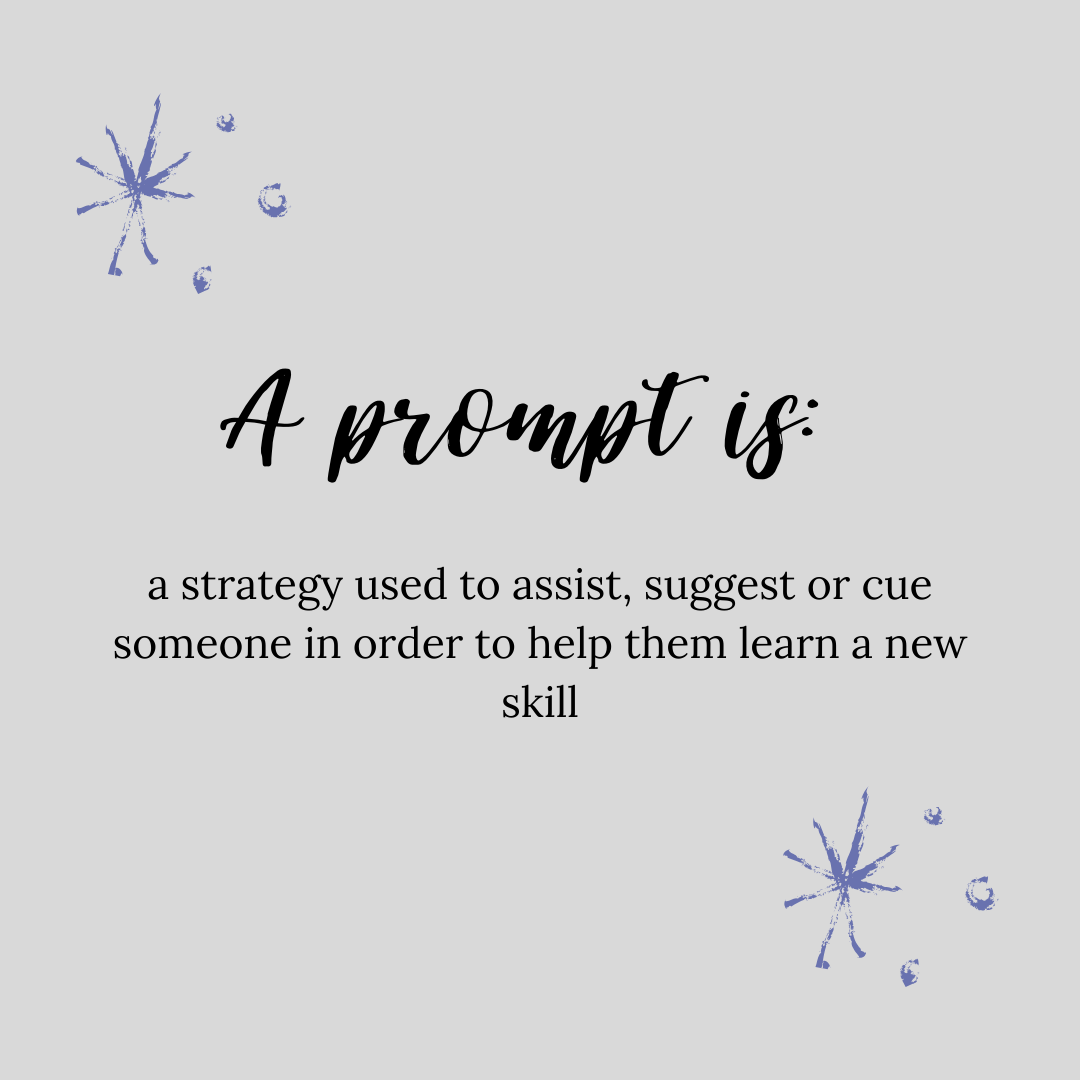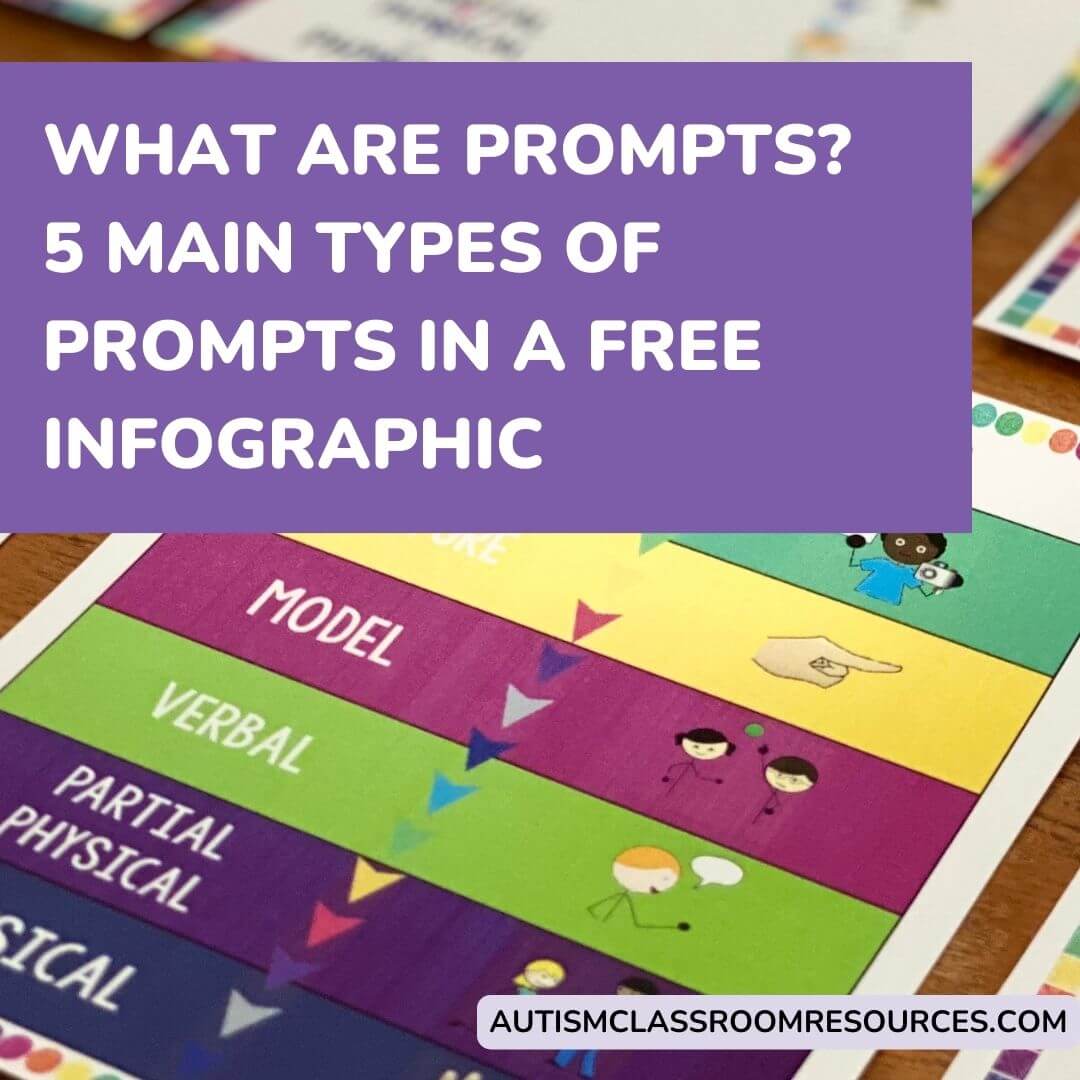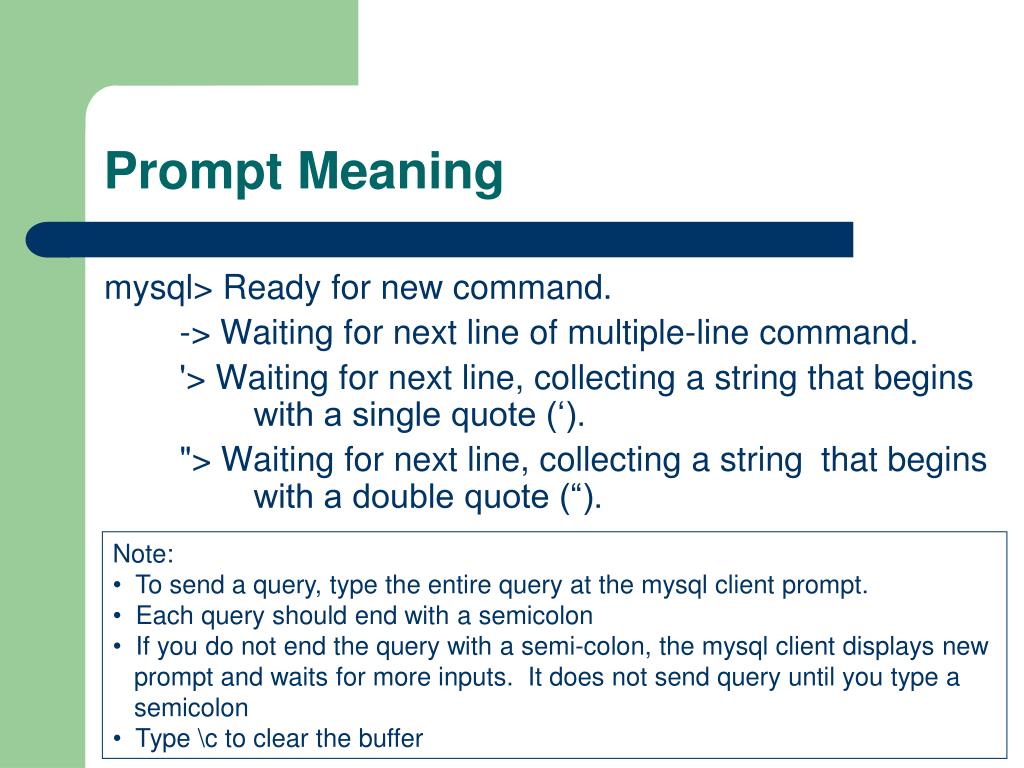Understanding Prompt Meaning - Your Guide
Have you ever found yourself wondering what someone means when they talk about a "prompt"? It's a word that pops up in a lot of different places, from school assignments to daily chats, and even in how we talk to computers now. Getting a good grasp on what this word stands for can really help you make sense of many situations. There are quite a few ways people use it, and each one has its own little twist, so it's quite interesting to pull apart what each use really implies.
The core idea behind a prompt, you see, often comes down to causing something to happen or getting someone to act. It's like a little nudge, a gentle push, or sometimes even a direct instruction that sets things in motion. Think about it: a question on a homework sheet is a prompt, because it gets your brain working to find an answer. A simple sound might be a prompt, letting you know it's time to do something. So, really, it's about what makes a person or even a system start up or keep going.
Learning about the different ways "prompt" is used can clear up any confusion you might have had about this word. We have gathered a lot of thoughts from people who speak English naturally, sharing their own experiences and giving examples that show how flexible this word truly is. So, we're about to look at all these different uses, helping you feel more sure about what "prompt" means, no matter where you run into it. We'll go through what it stands for, what it might suggest, and how folks really use it in everyday talk, you know?
Table of Contents
- What is a prompt, really?
- How does a prompt meaning influence communication?
- When is "prompt meaning" about following directions?
- What does it mean to "follow the prompt"?
- How can a prompt encourage continued action?
- What is the "prompt meaning" in new digital spaces?
- The many shades of "prompt meaning"
What is a prompt, really?
At its very basic, the idea of a prompt means to bring about a situation where someone takes an action. It's about setting off a reaction or making a person decide to say or do something. For example, if someone is curious, that feeling of curiosity might make them ask a bunch of questions. That initial curiosity, in this case, acts as the prompt. It's the thing that starts the asking. It's the reason why the questions came up in the first place, actually. This particular sense of the word is quite common, describing how one thing can directly lead to another, especially when it involves human behavior or choices.
So, a prompt is something that serves as the root cause of an action or an event. It doesn't always have to be a person telling someone what to do. Sometimes, it's an inner feeling, like that curiosity we just talked about. Other times, it could be an outside event or circumstance that pushes someone to act. For instance, if a sudden loud noise makes you jump, the noise itself could be seen as the prompt for your reaction. It's the trigger, the thing that moves you to do something. This particular use of the word helps us describe how things get started, how actions come into being, and what influences our choices, more or less.
How does a prompt meaning influence communication?
When we talk about speaking, a prompt can be a very specific kind of cue. It's like a little hint, a signal that lets someone know it's their turn to begin speaking or to keep going if they've paused. Imagine a teacher in a classroom, asking a student a question. That question is a prompt. It tells the student, "Okay, now it's your turn to talk." This kind of prompt is all about getting the flow of conversation or presentation moving along, so it's almost like a green light for talking.
Sometimes, a prompt isn't even words. It can be an object or an item that encourages someone to speak. For instance, if you're in a therapy session or a creative writing class, someone might show you a picture of a sandy beach with crashing waves. That picture, that visual, can be a prompt. It's put there to get you to talk about what you see, what you feel, or what stories come to mind. It's a way to open up communication without directly asking a question. It just sits there, waiting for your thoughts to come out, you know?
When is "prompt meaning" about following directions?
The word "prompt" also frequently shows up in academic settings or when someone is giving instructions. If you have a homework sheet, for example, there might be a sentence or a paragraph at the top that tells you what to do. This instruction is the prompt. It's the main idea or the example you need to follow to finish your work. So, if your teacher says, "Follow the prompt," they mean, "Do what the instructions or the example tell you to do." It's pretty straightforward in this context, really, just telling you what to do.
Similarly, when someone is preparing presentation slides, they might refer to the "prompt" in their notes. In this situation, the prompt would mean the instructions or the example they need to follow for that specific slide or section of their talk. It could be a reminder to discuss a certain point, or to show a particular image. It's the guiding piece of information that helps them stay on track and deliver what they intend to say. It helps keep everything organized, you know, and makes sure they cover all the necessary parts.
What does it mean to "follow the prompt"?
To "follow the prompt" means to act according to the question or the example provided, especially in a learning or task-oriented situation. If you are given a set of questions for your homework, following the prompt means you answer those specific questions, not something else. If there's an example of how to write a paragraph, following the prompt means your paragraph should look similar in structure or style to that example. It's about sticking to the given guidelines, basically, to make sure you're doing what's asked of you.
Sometimes, this idea can be a little confusing, especially if the prompt itself isn't super clear. But the core idea remains: you are meant to take the information given to you and use it as your guide. If someone tells you to "follow the prompt," and you're not sure what that means for your specific situation, it's always a good idea to ask for clarification. It simply means to do what the instructions or the example tell you to do, making sure your work aligns with what was asked. It's about being obedient to the given instructions, you know, making sure you don't go off track.
How can a prompt encourage continued action?
A prompt can also be something that helps someone keep going, especially if they've stopped speaking or are having trouble remembering what comes next. Think about a public speaker who suddenly forgets their line. Someone might whisper a word or two to them from off stage. That whispered word is a prompt. It's there to encourage or assist them to continue their speech. It's a way to give them a little push to get back on track, so to speak, and keep the show moving.
This is very common in theater. If an actor forgets their lines during a play, someone backstage, often called a prompter, will tell them what their next line is. This action of telling them the line is prompting the actor. It's a direct way of helping them remember and continue their performance without a big pause. So, in this sense, a prompt is a form of assistance, a way to keep things flowing smoothly when someone hits a snag. It's a very practical kind of help, really, just what's needed in that moment.
What is the "prompt meaning" in new digital spaces?
In our increasingly digital lives, the word "prompt" has taken on a somewhat different, yet related, sense, especially when we talk about how we interact with advanced computer programs. When you're using certain kinds of computer programs, like those that can create text or pictures, you give them specific instructions, questions, or examples. These inputs are called prompts. They are what you use to tell the program what you want it to do or create. So, the prompt is your way of guiding the program's actions, more or less, giving it the starting point it needs.
For instance, if you want a program to write a story about a cat, you might give it a prompt like, "Write a short story about a brave cat who saves a bird." That sentence is the prompt. It's the specific request you make to the computer. It can also include extra details, like context or examples, to help the program understand exactly what you're looking for. This use of "prompt" is all about giving clear input to a machine learning program to get a particular kind of output. It's your way of talking to the program, you know, telling it what to do.
The many shades of "prompt meaning"
As you can see, the idea of a prompt is quite flexible, taking on slightly different senses depending on where you hear it. From causing someone to act out of curiosity, to giving a cue for speaking, or providing clear instructions for homework, it's a word that covers a lot of ground. It can be a reminder, a bit of assistance, or even a spark of inspiration that gets someone going. It's a signal, a direction, or an input that helps move things forward, whether it's a person or a computer program.
The natural way people use this word shows just how adaptable it is. It's not just about a single definition, but about a range of related ideas that all point to something that encourages or makes an action happen. Getting a feel for these different uses helps you understand conversations and written materials better, making sure you're always on the same page. It's a useful word to have a good grasp of, since it pops up in so many different areas of our daily lives, so it's quite handy, you know?

prompt definition - SENSEable Literacy

What are Prompts? 5 Main Types of Prompts in a Free Infographic

PPT - Mock Lecture in MySQL PowerPoint Presentation, free download - ID